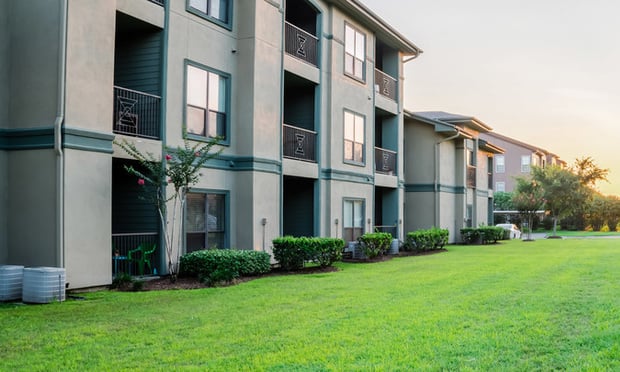DALLAS-The peak of distressed properties has come and gone, according to Gregory Leisch, chief executive officer of Delta Associates.
“Our conclusion is that we have reached a plateau in the volume of distress,” Leisch said during a special address at the 2nd Annual RealShare Distressed Assets conference here at The Adolphus Hotel. More than 350 executives attended the conference, which was produced by ALM-Real Estate Media Group.
“From March 2009 to March 2010, we saw [distress] increase about $10 billion per month,” Leisch noted. “Since then it’s been flat. Therefore, it is our thesis that we have seen the peak.” As more proof to back up his thesis, he added that this month, for the first time, the industry has seen a decrease in construction loan delinquencies.
Leisch said the most recent “distressed cycle” was shorter than the cycle in the early 1990s. For example, property values rebounded in second quarter 2010 after only eight quarters, according to NCREIF. During that period, values declined 33%. In contrast, during the 1990s downturn, the U.S. experienced seven years of negative property trends for total decline of 39%, Leisch recalled.
Leisch, who was the featured speaker on a panel titled “Distress – A Statistical Overview”, acknowledged that he has a somewhat contrarian view on distress. “There are risks that I am wrong and that we have not plateaued – that distress will exceed $160 billion as it stands today,” he admitted.
The biggest risk, according to Leisch, is interest rate risk, which has yet to materialize. “So far so good, thanks to debt crisis in Europe and our own slow growing economy,” he noted. Other risks include: loan maturities that may not be able to be refinanced; anemic job growth and bank failures.
“[Bank failures] are the biggest wild card because a failed bank views commercial real estate as a liability and not an asset, and when viewed this way, there is no loss too large,” Leisch explained. However, he pointed out the bank failure rate during this cycle, while concerning, is well below the failure rate seen during the late 1980s and early 1990s.
“So far, they’ve figured out how to kick the can down the road,” Leisch concluded.
Want to continue reading?
Become a Free ALM Digital Reader.
Once you are an ALM Digital Member, you’ll receive:
- Breaking commercial real estate news and analysis, on-site and via our newsletters and custom alerts
- Educational webcasts, white papers, and ebooks from industry thought leaders
- Critical coverage of the property casualty insurance and financial advisory markets on our other ALM sites, PropertyCasualty360 and ThinkAdvisor
Already have an account? Sign In Now
*May exclude premium content© 2025 ALM Global, LLC, All Rights Reserved. Request academic re-use from www.copyright.com. All other uses, submit a request to [email protected]. For more information visit Asset & Logo Licensing.








